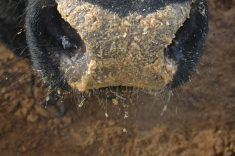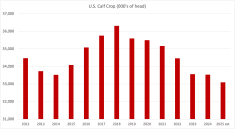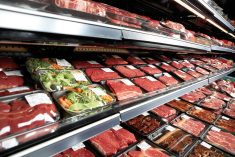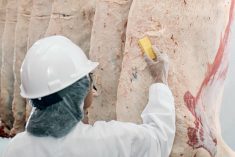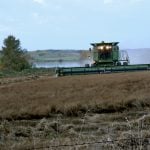I’ve had many inquiries over the past month in regards to managing the feeding margins for finishing feedlots. There is a formula known as the “cattle crush” which is similar to an oilseed processor. Grain companies and oilseed processors have the most sophisticated risk management programs and the idea can be used for a feedlot as well. For an oilseed processor, the crush involves buying canola and selling canola oil and canola meal. The idea is basically the same for feedlot except that there are two purchases, feeder cattle and corn/barley and the sale of live cattle. This often helps with maintaining a return on investment. Given the market volatility over the past year, analyzing supply and demand factors can be very important but there are always factors that could come into play and unexpectedly cause adverse market effects. Therefore, when the margins are favourable, it may be prudent to lock in a guaranteed return.
Read Also
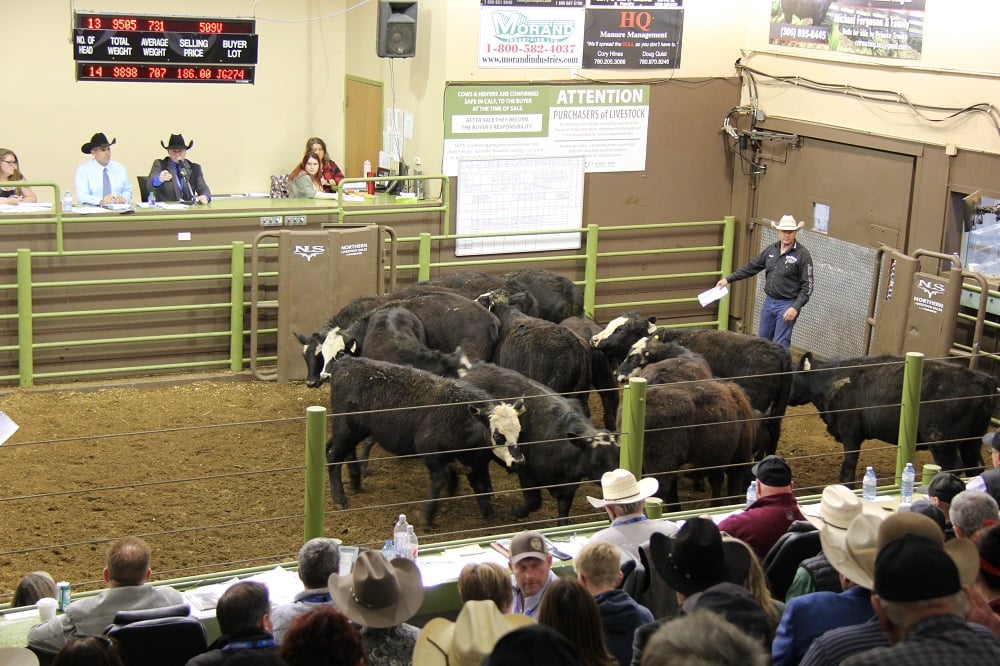
Cattle Market Summary
Break-evens, cow and calf prices, plus market summaries courtesy of Canfax and Beef Farmers of Ontario. Cost of Production September…
The example below is for 192 head for a U.S. feedlot. The formula implies fed steers purchased at 780 pounds and fed to 1,250 pounds. The cattle crush involves selling six fed-cattle contracts minus three feeder contracts and two corn contracts. This does not take into account silage, death loss, interest and processing.
To convert the futures crush to a cash crush, the basis levels have to be incorporated into the formula. The cash scenario is a more accurate picture of what to expect for an actual return per head. Western Canadian feedlots can also use barley in the calculation, which is more practical. Since the silage cost is also constant, it can be used in the formula and added onto the barley component. Without going into detail, the cash crush in the above example using barley and silage was about $30 to $40 per head.
Each portion of the crush is known as a “leg” of the crush and has to be managed in a separate manner depending on the current basis. This can also be used to determine what a reasonable price is when purchasing feeder cattle relative to the feed costs and fed cattle prices.
In the example above, the margin would be locked in prior to buying the feeder cattle or even two to three months in advance. If the feedlot operator was bearish corn, they may purchase the feeder cattle futures and sell the live cattle futures but wait to buy the corn futures contracts. As I mentioned earlier, each leg is managed separately depending on the basis and market view of the individual component. Very seldom do all the stars line up at the same time. However, in many cases the actual margin can be known prior to the feeder cattle entering the feedlot.
When the actual feeder cattle are purchased and come into the feedlot, the feeder cattle futures would be sold. The corn futures would also be sold when the feed grain is purchased; the live cattle hedge would be lifted when the cattle are actually delivered or priced with the packing plant.
Feeding margins have been struggling in negative territory for some time given the recent weakness in the fed cattle market. Using the formula above and implementing simple cattle crush program can take the emotion out of marketing. Some feedlots may also use this on a portion of the cattle while leaving a certain amount unhedged. In any case, the cattle crush can be very useful tool to help stabilize financial returns for the feedlot.
Gerald Klassen analyzes markets in Winnipeg and also maintains an interest in the family feedlot in southern Alberta. For further information, comments or questions, he can be reached at[email protected]or 204 287 8268
The material contained herein is for information purposes only and is not to be construed as an offer for the sale or purchase of securities, options and/or Futures or Futures Options contracts. While the information in this publication cannot be guaranteed, it was obtained from sources believed to be reliable. The risk of loss in futures trading can be substantial. The article is an opinion only and may not be accurate about market direction in the future



